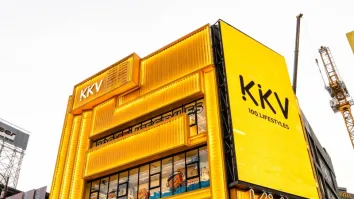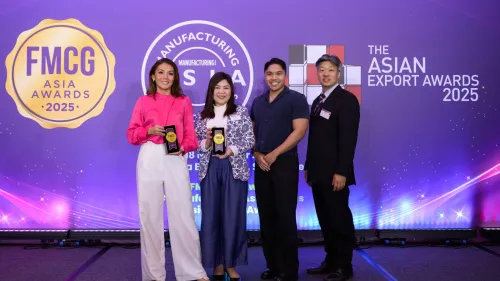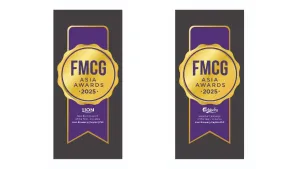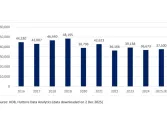
Here’s what Indonesian consumers look for in a brand
Quality emerged as the top factor.
Indonesian consumers prioritise quality, Halal assurance, and affordability when selecting brands, according to Mastercard and CrescentRating's latest report.
The study, Unlocking Consumer Trust and Brand Engagement Across Key Segments in Indonesia’s and Malaysia’s Muslim Market, found that quality emerged as the top factor with a rating of 4.6, followed closely by Halal assurance (4.4) and price (4.3).
Whilst other considerations like customer service, corporate social responsibility, environmental sustainability, and brand reputation contribute to competitiveness, they remain secondary to these core factors.
Faith-based preferences also play a crucial role, with approximately 90% of consumers stating that adherence to Islamic principles is essential in their brand interactions. However, satisfaction levels are only moderate, indicating a gap between expectations and current offerings in the market.
Loyalty programs remain underutilised, with less than 35% of Indonesian consumers participating. Despite this, over 65% acknowledge their effectiveness, rating them 4 or 5 out of 5. The untapped potential in loyalty programs presents an opportunity for brands to enhance engagement and foster long-term customer relationships.
Indonesia, home to the world's largest Muslim population with approximately 234 million adherents, is experiencing a shift in consumer behavior driven by a younger demographic.
"These consumers seek personalised and ethically aligned products and services, particularly those ensuring Halal compliance, transparency, and sustainability," the report said. "Digitally savvy and socially engaged, they expect brands to integrate modern convenience with traditional faith-based values."
Core Halal products, including food and beverages, dominate consumer engagement, while sectors like travel and recreation face lower interaction due to economic and seasonal influences.
Moreover, social media platforms such as TikTok and Instagram play a pivotal role in brand discovery, accounting for 40% of consumer engagement. Word of mouth also remains a significant driver, highlighting the need for brands to craft compelling digital narratives whilst maintaining strong in-store experiences.

















 Advertise
Advertise





